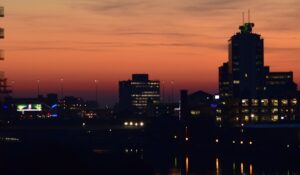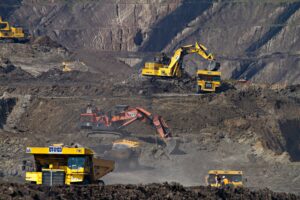‘Goldilocks zone’ for metal ore formation identified in major boost to green economy transition
Scientists have published research that could allow more targeted mining of metals, helping reduce the industry’s environmental impact.
The mechanism through which metals vital to the manufacturing of many renewable energy technologies pass from the Earth’s mantle to crust has been discovered by a team at Cardiff University. Areas where the temperature rests at around 1000 degrees Celsius provide a ‘goldilocks zone’ for materials like copper, cobalt, tellurium, and platinum to be transported closer to the surface, making them easier to extract.
For the most part, these essential resources are found so far underground – often deeper than 25km – they cannot be accessed and exploited. However, in certain locations metals transfer to the crust via the flow of magma, but why this process happens in some places rather than others has remained a mystery.
Now a temperature-dependent zone has been identified, which behaves like a valve, intermittently allowing metals to pass upwards, where they are far easier to reach. It is hoped Cardiff University’s breakthrough could lead to far more environmentally friendly metal mines, and more cost effective practices.
‘When magmas reach the base of the crust the critical metals often get trapped here and cannot reach the surface if the temperature is either too hot or too cold,’ said study co-author, Dr Iain McDonald. ‘As with Goldilocks, we have discovered that if the temperature is ‘just right’ at around 1000°C, then metals like copper, gold and tellurium can escape the trap and rise up towards the surface to form ore deposits.’
In related news, last year the University of Oxford’s Department of Earth Sciences published a report suggesting ‘green mining‘, in the form of extracting metals from volcanoes, could pave the way to a sustainable future. In 2020, the Responsible Mining Index accused the industry of greenwashing, highlighting how much work there is to improve the sector’s environmental record.
Image credit: Dominik Vanyi













